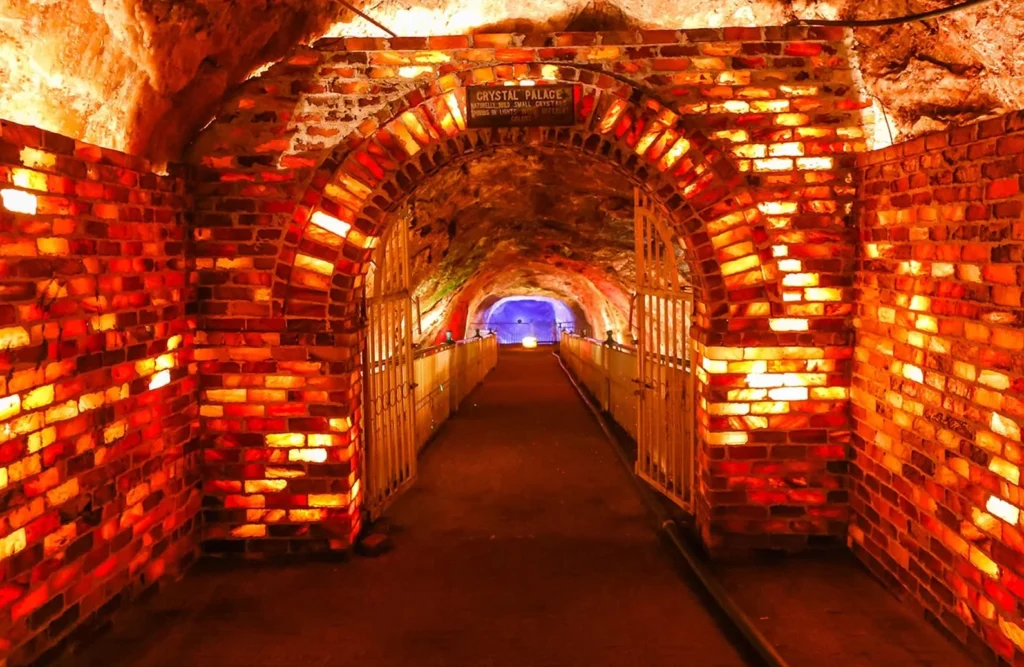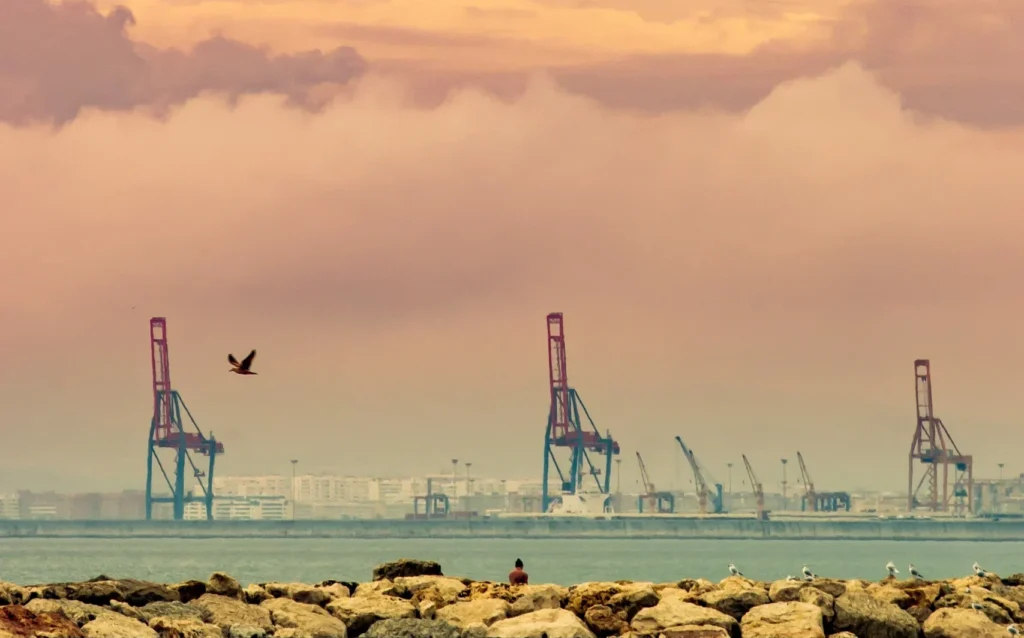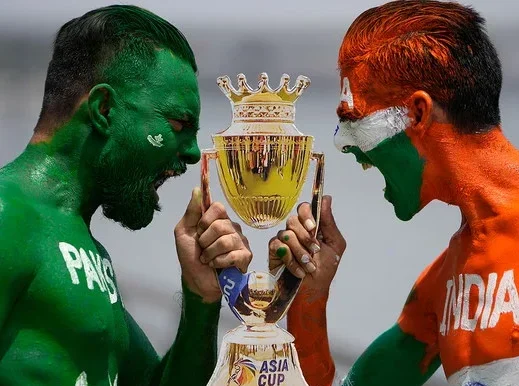Why “Himalayan Pink Salt” Isn’t Really from the Himalayas and Why It All Comes from Pakistan
Why “Himalayan Pink Salt” Isn’t Really from the Himalayas and Why It All Comes from Pakistan By Jane Stevens 98% of all pink salt sold worldwide comes from Pakistan’s Khewra Salt Mine Next time you reach for a jar of Himalayan pink salt in a trendy grocery store or wellness shop, imagine this: the salt inside did not come from the Himalayas at all. In fact, it was mined hundreds of kilometers away, in the Salt Range of Pakistan’s Potohar Plateau. Yet, around the world, it is marketed as “Himalayan,” packaged in sleek containers, and sold at premium prices. The paradox lies in branding. The Real Origin of Pink Salt Pink salt is mined almost entirely in Pakistan’s Punjab province, from the ancient Khewra Salt Mine and the surrounding Salt Range. These deposits, estimated to be over 250 million years old, were discovered during the era of Alexander the Great and are now the second-largest salt reserves in the world. Despite its global label, these mines are not in the Himalayas. The Salt Range lies south of the main Himalayan mountain system, within the Potohar Plateau. This makes the term “Himalayan pink salt” geographically misleading, though it has become a powerful global brand. Pakistan’s Dominance in Supply Industry estimates confirm that 95–98% of all Himalayan pink salt sold worldwide comes from Pakistan. The Khewra mine alone produces nearly 400,000 tons annually. Other countries, including India and Nepal, have minor reserves of pinkish salt, but their contributions to the international market are negligible. Outside South Asia, Bolivia and Hawaii produce their varieties of colored salt, but these are geologically distinct and marketed under different names. Simply put, when a consumer in Europe, the Middle East, or America sprinkles “Himalayan pink salt” on their food, they are almost certainly using Pakistani salt from Khewra. Why Call It “Himalayan”? If the salt is from Pakistan’s Salt Range, why is it not marketed as “Pakistani pink salt”? The answer lies in branding, perception, and commerce: The Power of the Name: The word “Himalayan” was used as a word to evoke images of purity, ancient wisdom, and natural wellness. A selling name but not true. A false label, yet it was made sellable. For international consumers, it sounded exotic and trustworthy. By contrast, “Pakistani salt” does not carry the same marketing allure. Because of poor projection and management of exports by the representatives in Pakistan. Wellness and Lifestyle Marketing: The global wellness industry thrives on imagery. Associating pink salt with the Himalayas allows it to fit seamlessly into yoga culture, holistic health, and spa treatments. The “Himalayan” label simply sells better. Global Supply Chain Practices: Pakistan often exports salt in bulk at low rates, sometimes as little as $40 per ton. Foreign companies repackage it, brand it as “Himalayan,” and sell it at thousands of dollars per ton in retail markets. By the time it reaches supermarket shelves, its Pakistani identity is often erased. Pakistan’s Missed Branding Opportunity Pakistan’s role as the sole major source of pink salt is undeniable, but the country earns only a fraction of the profits. Without geographical indication (GI) protection, similar to Champagne from France or Darjeeling tea from India, Pakistan cannot legally demand that its salt be labeled with its true origin. This lack of international branding has left Pakistan dependent on raw exports while foreign companies capture the higher retail value. If Pakistan were to secure GI status for “Khewra Salt” or “Pakistani Pink Salt,” it could elevate the product’s identity and pricing power globally. The Global Pink Salt Craze Beyond kitchens, pink salt has found its way into lamps, bath salts, spa rituals, and luxury décor. Advocates tout its mineral content and potential health benefits, though many claims remain debated by scientists. Still, its aesthetic and symbolic value keep global demand strong. The irony is stark: while pink salt graces fine dining restaurants and yoga studios worldwide, the miners who extract it in Khewra often work under difficult conditions, earning very little compared to the fortunes generated abroad. Setting the Record Straight The truth is simple: there is nothing “Himalayan” about Himalayan pink salt. It comes almost entirely from Pakistan’s Salt Range, not the Himalayas. The label persists because it is powerful marketing, but it masks the real origin and undervalues Pakistan’s role in the global wellness and food industries. Until Pakistan asserts its ownership through branding, GI protection, and international campaigns, the world will continue to sprinkle pink salt on its meals without realizing its authentic story. The mine is believed to have been discovered around 326 BC during the reign of Alexander the Great. Centuries later, it gained commercial significance during the Mughal era, when salt trading began on a larger scale. Its entrance lies about 945 feet (288 meters) above sea level and stretches 2,400 feet (730 meters) deep into the mountain. The underground network is vast, covering an area of about 110 square kilometers (42 square miles). Today, the site stands as Pakistan’s largest source of salt, producing more than 350,000 tons of nearly pure halite each year. The reserves are immense, with estimates ranging between 82 million and 600 million tons.




